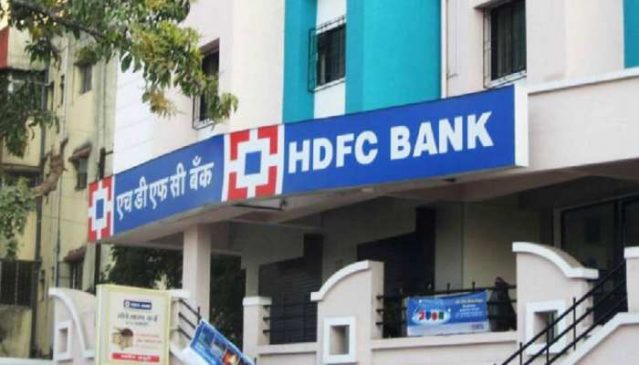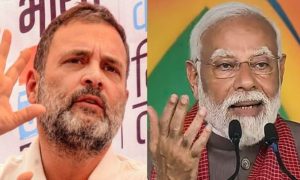HDFC Bank raises MCLR rates by up to 15 basis points, effective August 7, 2023.
New Delhi: HDFC Bank has raised its benchmark marginal cost of funds-based lending rates (MCLR) by up to 15 basis points on select tenures. This means that the bank will now charge a higher interest rate on loans that are linked to MCLR. The new rates are effective from August 7, 2023.
Read More: NPS & Retirement: Here’s How National Pension Scheme Can Help You
The marginal cost of funds-based lending rates (MCLR) of HDFC Bank has increased by up to 15 basis points. The overnight MCLR went up by 10 basis points to 8.35 percent, while the one-month MCLR rose by 15 basis points to 8.45 percent. The three-month MCLR has been raised by 10 basis points to 8.70 percent, and the six-month MCLR has gone up by 5 basis points to 8.95 percent. However, MCLRs for tenures longer than one year remain unchanged.
The impact of this rate hike is likely to increase the EMIs on various loans and the impact the customers of HDFC Bank who are planning to take a loan.
Read More: Post Office Time Deposit: Does it offer higher interest rate than major bank FDs?
HDFC Revises MCLR Rates
“The Marginal Cost of the Fund-Based Lending Rate or the MCLR is the minimum interest rate a financial institution needs to charge for a specific loan. It dictates the lower limit of the interest rate for a loan. This rate limit is set in stone for borrowers unless specified otherwise by the Reserve Bank of India”, the bank said in its website.
RBI’s Monetary Policy Decision Pending
The Reserve Bank of India’s (RBI) monetary policy committee (MPC) will meet for three days from August 8 to 10. The RBI governor will announce the policy rates and other announcements on August 10 at 10:00 AM.
Read More: Senior Citizen Fixed Deposit interest rate increases in August: SSFB offers up to 9.1% now
How Is Monetary Policy Of RBI Decided?
The Reserve Bank of India (RBI) uses a variety of instruments to implement its monetary policy. These instruments can be used to increase or decrease the money supply in the economy, which in turn affects interest rates.
Types Of Monetary Policy
An expansionary monetary policy is one that increases the money supply and lowers interest rates. This can be done through open market operations, where the RBI buys government bonds from commercial banks. This increases the amount of money in the system, which lowers interest rates.
A contractionary monetary policy is one that decreases the money supply and raises interest rates. This can be done through open market operations, where the RBI sells government bonds to commercial banks. This decreases the amount of money in the system, which raises interest rates.



































